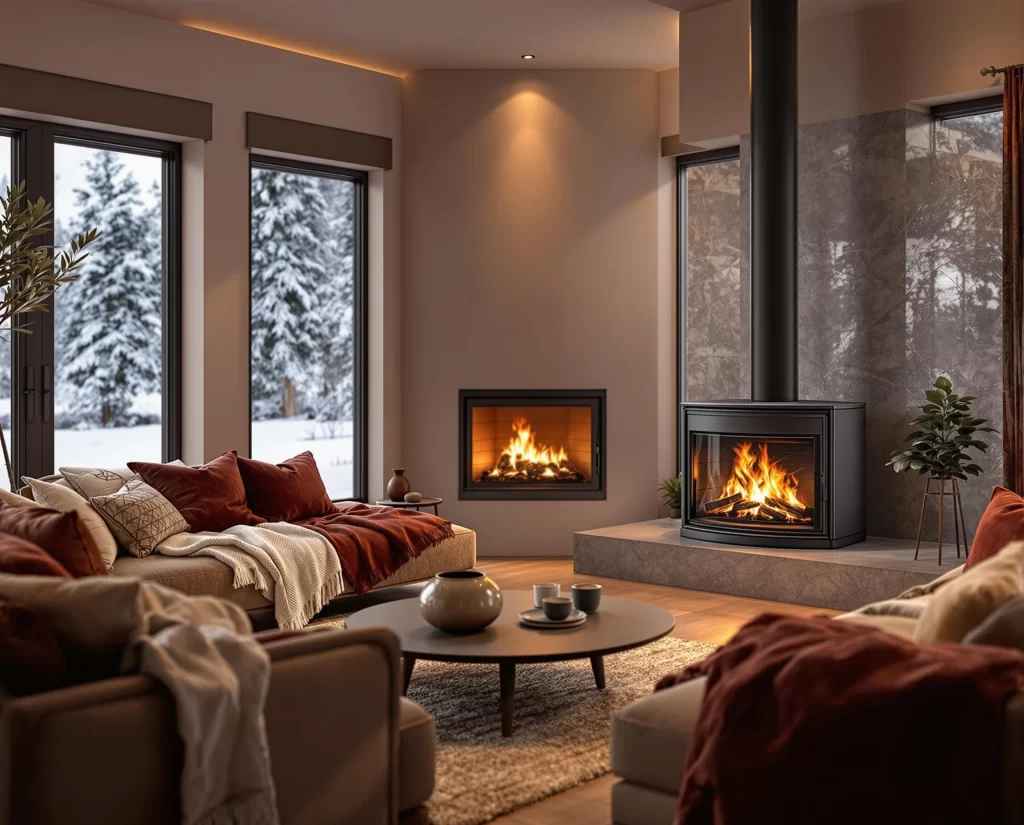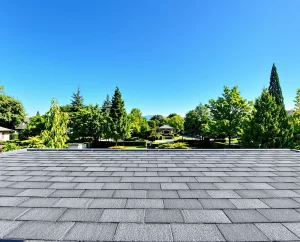How to Close off a Fireplace to Prevent Heat Loss
Welcome! If you're like me, I love the cozy feel of a fireplace, but those heat losses can be frustrating. Today, I’ll walk you through how I close off my fireplace effectively to prevent chilly drafts and save on energy costs, ensuring warmth stays where it belongs—inside my home!
Understanding Heat Loss Through Fireplaces
When I realized how much heat was escaping through my fireplace, I knew I had to act. Fireplaces are wonderful during winter, but when they're not in use, they can represent a significant source of heat loss. Understanding where and how that heat escapes helps me choose the right method to seal it off effectively.
What Causes Heat Loss?
- Damper Issues: If I don't close my damper properly, the warm air escapes right up the chimney.
- Chimney Drafts: Hot air rises, and without proper sealing, my home loses heat.
- Insufficient Insulation: Poorly insulated chimneys can lead to unwanted drafts throughout my living space.
Identifying the Right Method for My Fireplace
I’ve found that there are several ways to close off my fireplace. The best method often depends on the type of fireplace I have—wood-burning, gas, or electric. Here's how I've tackled this problem based on my fireplace type.
Closing Off Wood-Burning Fireplaces
To stop heat loss effectively, I typically use the following methods:
- Glass Doors: Installing glass doors prevents heat escape while still allowing me to enjoy the aesthetics of an open fireplace.
- Fireplace Covers: A custom-made cover fits snugly into the opening of my fireplace, providing a barrier against drafts.
Sealing Gas Fireplaces
If I have a gas fireplace, I’ve learned the importance of:
- Damper Seals: Ensuring the damper closes tightly can substantially halt heat loss.
- Top-Sealing Dampers: These creates an airtight seal at the top of the chimney.
Using Insulation Techniques
In both types of fireplaces, adding insulation can further minimize heat loss:
- Insulated Chase Covers: For my gas fireplace, a properly fitted chase cover significantly reduces thermal loss.
- Chimney Balloon: I can easily insert this inflatable device whenever I'm not using my fireplace, blocking cold air from entering my home.
DIY vs. Professional Services
While tackling this project myself can save money, I’ve realized that hiring professionals can offer peace of mind. I’ve seen firsthand how a handyman can inspect the chimney for any hidden issues and ensure proper installation of sealing devices, mitigating risks that might arise from my DIY attempts.
The Benefits of Hiring a Professional
- Expertise: Professionals know exactly what they’re doing when it comes to sealing off different types of fireplaces.
- Safety Assurance: They’ll check for any potential dangers, such as creosote buildup or structural concerns.
Testimonials
"I can’t believe how much warmer my house feels after sealing off my fireplace! It's incredible what a simple fix can do." — Samantha L., Honolulu, HI
"Getting the professionals involved was the best decision. They sealed everything perfectly and left my place cleaner than they found it!" — Kevin T., Honolulu, HI
"I never knew how much heat was escaping until I took action. My utility bills have dropped, and my comfort level has skyrocketed!" — Maria F., Honolulu, HI
Did You Know?
Did you know that up to 30% of a home's heat can be lost through an unused fireplace? Proper sealing methods not only enhance comfort but also significantly reduce energy costs.
TL;DR Summary
- Fireplaces can cause significant heat loss if not closed off properly.
- Solutions include glass doors, custom covers, and insulation techniques.
- Hiring professionals ensures safety and expertise in closing off my fireplace.
- Sealing can reduce my energy costs significantly.
FAQs
1. What is the best way to seal my fireplace?
The best way to seal my fireplace largely depends on its type. For wood-burning fireplaces, I highly recommend installing glass doors and using a fireplace cover. For gas fireplaces, ensuring that the damper is tightly closed or using a top-sealing damper can be effective.
2. Can I close my fireplace if I still want to use it occasionally?
Absolutely! I regularly use glass doors to keep heat in while providing an easy way to open the fireplace when I want to enjoy a fire. Just remember to open the damper before lighting a fire.
3. How do I know if my fireplace is leaking heat?
I can often feel drafts around the fireplace, notice increased energy bills, or observe cold spots in the room when the fireplace is not in use.
4. Is it safe to close off a fireplace completely?
If I do not use my fireplace regularly, sealing it off is safe as long as measures are taken to ensure proper ventilation when necessary, such as when enjoying a fire. Adding a well-placed damper can manage that ventilation easily.
5. Should I hire a professional to seal off my fireplace?
While I can attempt DIY methods, hiring professionals is wise for an inspection and proper sealing. They ensure everything’s done safely and effectively, ultimately providing peace of mind.





